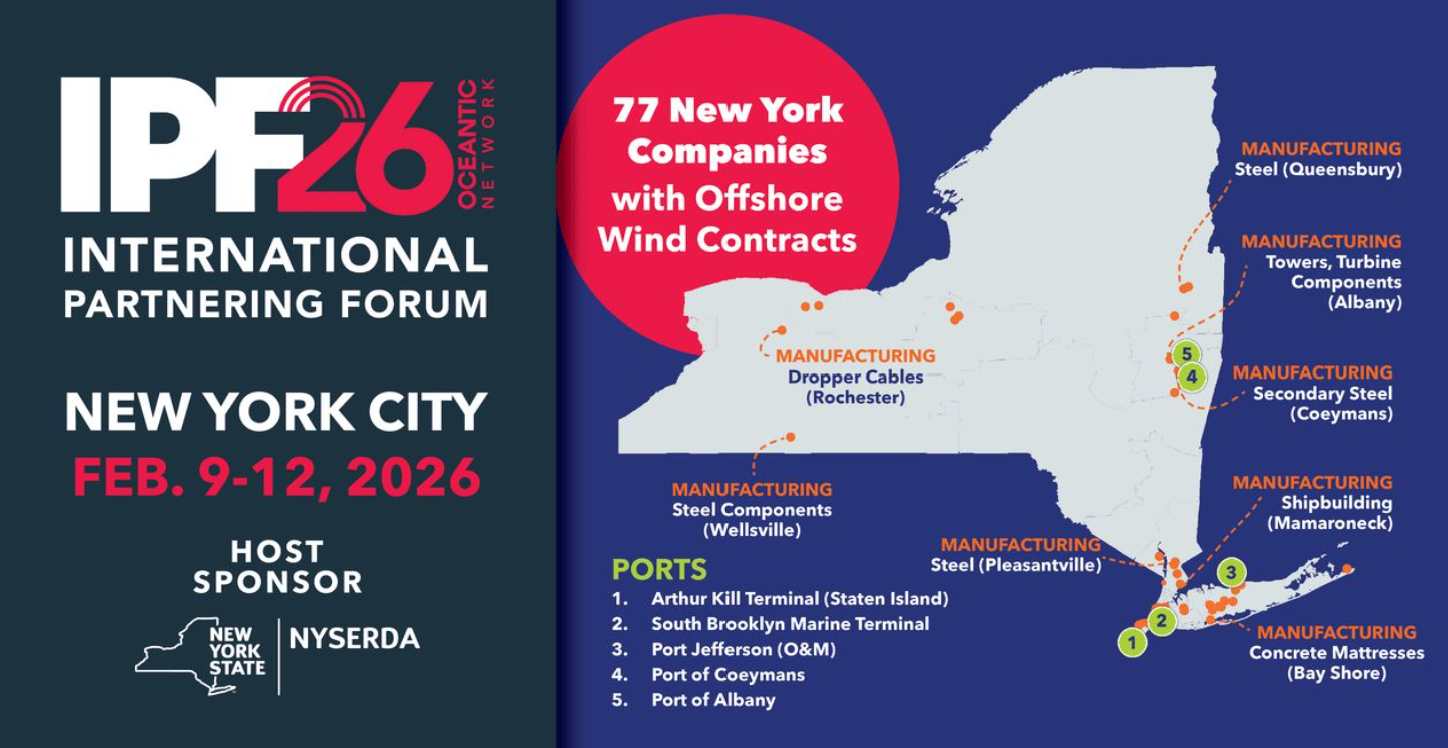Energy leaders gathered for a presentation titled Energizing the Future on Wednesday, September 11, at the Guthart Cultural Center Theater to explore the challenges and innovations shaping the clean energy transition. Hosted by the Frank G. Zarb School of Business, the event featured a panel of esteemed experts including Acting CEO of the Long Island Power Authority John Rhodes, President and CEO of the New York Power Authority Justin Driscoll, Director of Stakeholder Relations at Brookhaven National Laboratory David Manning, and Senior Director of Stakeholder Relations at Hydro-Québec Peter Rose. The panel was moderated by Chair of the Zarb Executive in Residence Program and Former CEO of KeySpan Robert Catell.
Dean Janet Lenaghan of the Zarb School of Business opened the event by emphasizing the importance of the discussion. “Tonight’s panel brings together influential energy leaders to share insights on innovations, policies, and technologies driving the shift from fossil fuels to renewable energy,” she said. “This critical conversation will explore the balance between progress, sustainability, and demand.”
Hofstra President Susan Poser echoed this sentiment, highlighting the program’s relevance for students. “These programs are vital to the students and encourage them to see the connections between their classroom learning and how the industry operates. Your participation here today underscores Hofstra’s long-standing tradition of engagement with communities on Long Island,” she stated.
Catell started the discussion by introducing the panelists and continuing the conversation on the urgency of deploying renewable energy technologies while acknowledging the practical challenges that come with large-scale transitions.
Rhodes emphasized the need to move forward swiftly with renewable solutions. “We need to deploy wind, both on land and offshore, solar big and small, energy efficiency and heat pumps. But all of this depends on clean power – without it, we’re not doing much environmental good.”
Driscoll highlighted NYPA’s (New York Power Authority) critical role in modernizing New York’s energy infrastructure, explaining that the state’s grid upgrades are pivotal for accommodating renewable sources. “Offshore wind and grid enhancements are critical to transitioning New York City away from its reliance on fossil fuels. The projects we’re working on today are laying the groundwork for future demand, particularly with industries like AI and data centers driving energy use.”
Rose discussed Hydro-Québec’s efforts to bring clean hydropower to New York via a new 340-mile transmission line, set to power over a million homes in New York by 2026. “This line will displace 20-25% of the city’s fossil fuel-generated electricity. Hydropower is a reliable, renewable source available 24/7, making it a critical component of balancing solar and wind energy.”
Manning underscored the role of technological innovation, particularly in battery storage. “We’re working on the future of grid-level storage, aiming to support renewables like wind and solar. The challenge is to ensure energy efficiency as we make this transition,” he said.
After a riveting discussion, Catell opened the floor for questions from the audience.
Prakarsha Mitra, an international business analyticsstudent, asked the panelists for their insight on the role of education in energy conservation. Manning responded, noting that “India is facing an energy crisis, and while the country has made strides in technology, more needs to be done to educate the public on energy consumption. It’s important to look globally as we push for clean energy solutions.”
In another exchange, an audience member questioned whether Long Island’s grid could handle the growing demands from electric vehicles and AI technologies. Rhodes acknowledged the grid’s aging infrastructure but noted, “New York has a remarkable record of building systems ahead of need. We’re ensuring the grid will be able to support future demands.”
Other students inquired about the potential of hydrogen energy as an alternative to solar and wind. “Hydrogen has potential, especially in sectors like heavy transportation and industrial power. While promising, it’s still a developing technology, likely part of the next wave of energy solutions,” Driscoll responded.
Catell and the panelists concluded the event with optimism about the future of energy in New York. With major projects like offshore wind farms and hydrogen developments underway, the future of New York’s energy grid is rapidly evolving, driven by both public and private sector initiatives.
As Dean Lenaghan noted, “This conversation is just the beginning of a broader effort to engage industry leaders, students, and communities in shaping a more sustainable future.”










